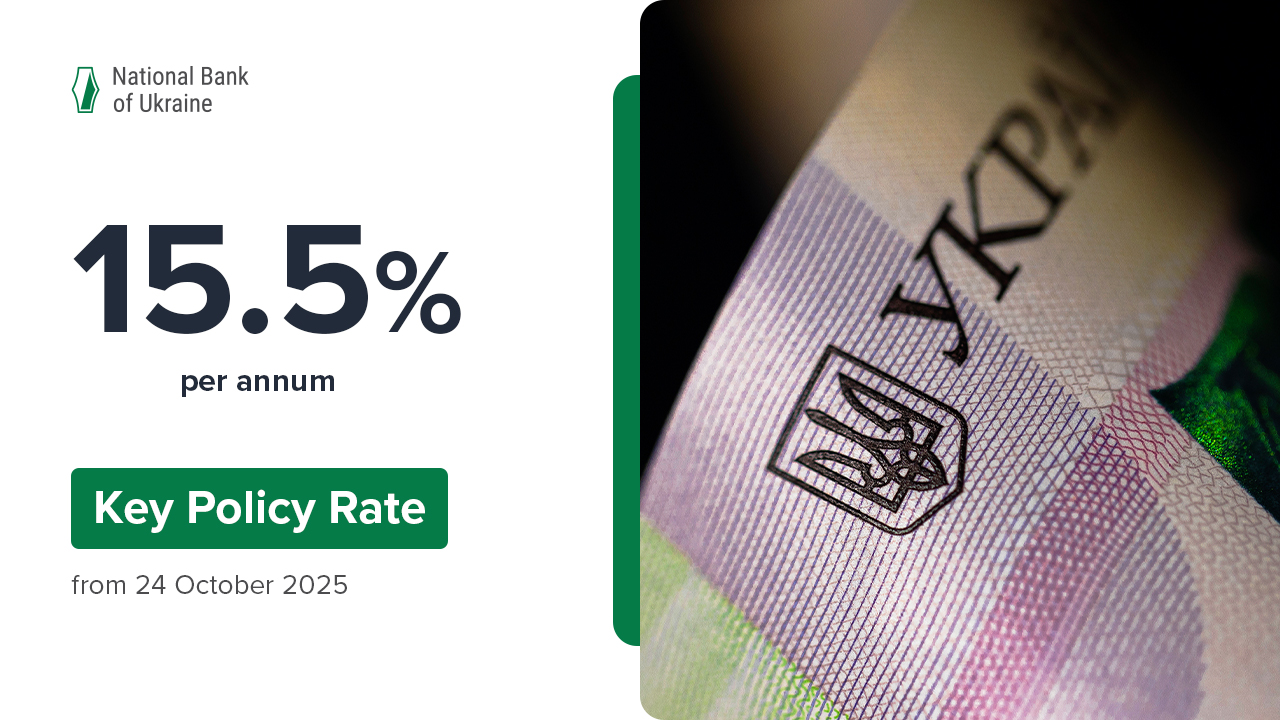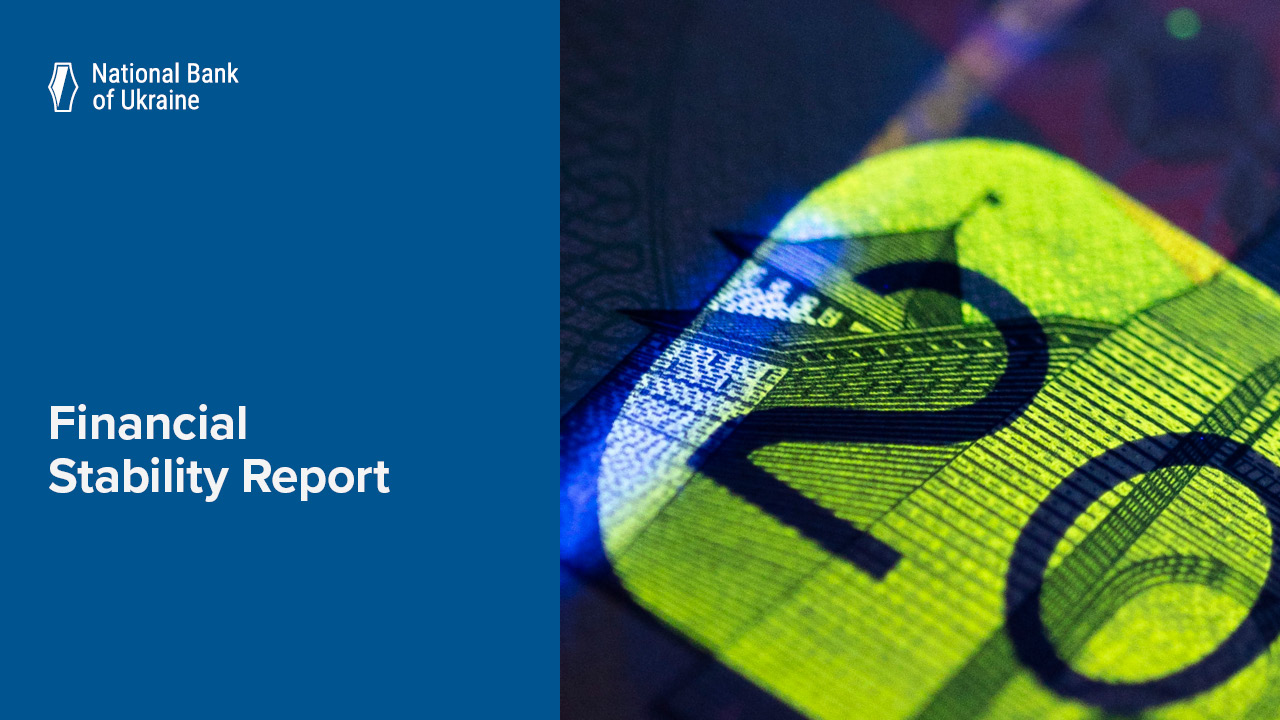Dear colleagues,
Allow me to take this opportunity to greet you at Ukraine’s first financial inclusion forum. This event comes as a very important step as we progress towards building a society more developed and better integrated into the financial system. This path leads to the development of a financial services market that would meet the needs of its customers.
Before we begin, let me go over the basics:
So, what is financial inclusion? And what is the focus of today’s event?
I propose the following definition:
Financial inclusion means equal access and the use of financial products and services that:
are affordable
meet the needs of households and businesses
are accessible to all segments of society regardless of income and place of residence
are provided by financial sector representatives with commitment and in ecological manner.
The foundation to sustainable financial inclusion traverses three dimensions:
Accessibility of financial services, which means users’ ability to enjoy services by contacting financial intermediaries
Financial literacy, which stands for customers’ ability to make conscious choices of services in full awareness of the benefits and risks that come with these services
Customers rights protection, whereby third parties ensure the safe, predictable, and quality-oriented provision of services.
Let me elaborate on each of these concepts.
It is absolutely clear that the extent to which financial services penetrate into society varies across nations.
For instance, 41% of Ukraine’s adults had at least one bank account in 2011, by World Bank estimates. In the six years through 2017, this measure increased to 63%.
How big is that?
By way of example, 48% of adults in Armenia, 81% in the Czech Republic, 75% in Hungary, 81% in Belarus, 98% in Austria, and 100% each in The Netherlands and Denmark have accounts opened with financial institutions.
That puts Ukraine’s percentage of adult bank account owners somewhere in the middle relative to the world and somewhere below average compared with the countries of our region.
Let’s take a different perspective on these numbers. That 63% of adults have at least one bank account means the other 37% have none. That is more than a third of the population of Ukraine — left out of the reach of financial inclusion — but that is precisely the target group on which we must focus our undivided attention.
I suggest we look into what has led up to this state of affairs. In my understanding, a broader development of the financial services market faces the following problems.
First, there is the inability to use financial services due to their physical unavailability to residents of certain areas. For the sake of comparison, let’s look at POS terminals’ presence in chain stores, a measure of cashless payments’ availability. This isn’t the most precise way to gauge financial services penetration, but it gives an idea of how things are overall. Our comparison is best facilitated by a ratio between the number of terminals and the size of a region’s population.
Kyiv by far leads the way, with its 16.2 terminals per thousand people approaching the POS terminals availability of European countries. Ukraine has large regions with a focus on industry: two of them, Dnipropetrovsk oblast and Kharkiv oblast, have 8.5 and 6.5 terminals per thousand residents, respectively. But regions like Zakarpattia oblast or Ternopil oblast each have as few as 3.3 terminals per thousand people. Needless to say, even within oblasts, major cities have the most terminals, and it comes as no surprise that thirty kilometers away from Kyiv there are towns with no POS terminals or ATMs to be found at all.
Ukraine’s average stands at 6 terminals per thousand residents, down from 12.5 in Poland and over 50 in the UK.
The reason behind the uneven distribution is grounded in the economy: an infrastructure to provide traditional banking services comes at a cost. This leads return-on-investment-conscious banks to focus on regions with the highest buying capacity.
But that does not mean that residents of the less populated or less economically active areas have no need of accessible financial services. This accessibility can be ensured both by providing direct access to financial institutions’ branches and by facilitating remote access options via PCs and mobile devices.
I believe that here we have a tremendous opportunity to develop new financial technologies, also known as FinTech.
Second, there is a lack of financial literacy in some groups of financial services customers. Unfortunately, in recent years, we have seen numerous cases where financial institutions’ customers fell hostage to poor financial awareness. For example:
by choosing non-bank financial institutions over regular banks as a result of bad judgment about where to place funds;
or by showing little understanding of the risks of taking out foreign currency loans without first securing a source of income in the same currency.
The list goes on, but the fact is that some customers just lack the sufficient awareness to make rational and responsible financial service decisions.
And last but not least, there is the urgent matter of ensuring consumer rights protection — a vital prerequisite for a sustainably safe and reliable financial services market.
To that end, in 2016, the Verkhovna Rada passed a Law On Consumer Lending, intended to safeguard the rights of borrowers by giving them full and authentic information regarding their loan options. Unfortunately, however, USAID survey shows banks are breaking the law:
Over 10% of all advertisements ignore the ban on touting zero interest rates on loans;
In 98% of the cases, customers are not given full written containing namely real interest rate per annum and estimated cost of loan.
The NBU has a clear-cut role to play in developing financial inclusion. It is in the immediate interest of the financial market — and hence its regulator — to develop and stimulate a broader financial services penetration and encourage a wider use of financial services by the public. Taking society’s financial inclusion to the next level makes the financial system more sustainable and less centralized and provides it with a diversified customer base. A higher level of financial inclusion stimulates healthy competition among market participants. While stripping banks of some of their monopoly power as financial service providers, competition incentivizes mobile operators, FinTech companies, and internet platforms to engage in market transactions.
That is precisely the reason the NBU made financial inclusion an indispensable element and one of the seven strategic goals of the Strategy of the National Bank of Ukraine presented in this March. What is more, under the Comprehensive Program of Financial Market Development of Ukraine through 2020, the NBU takes upon itself the preparation of a nationwide financial inclusion enhancement program aimed at drawing to the financial services market the population left out of the services’ reach, in particular the representatives of microenterprise, residents of rural areas, people with low income, disabled and elderly people.
What policy should the NBU pursue?
First, we must be more proactive in facilitating the development of new technologies intended to broaden financial services’ coverage of society. The financial services market is evolving at an avalanche-like speed as traditional banking gives way to FinTech — which is in hot pursuit by BigTech (also known as TechFin) — i.e. technology giants like Apple, Google and Amazon.
Market regulation should be barely sufficient to manage risks without getting in the way of progress. Furthermore, the key to creating a regulatory framework is a stronger global coordination of regulators’ efforts across jurisdictions.
Second, we have to make sure the rights of financial services customers are protected. This will be made possible once the Parliament adopts Draft Law 2456-D giving the NBU the tools to defend banking services customers’ rights. Protection of virtually every client of financial service providers will become a reality once the NBU has consolidated the regulation and supervision of the financial market.
The third, and probably most important, element is promoting deeper financial awareness among citizens. This requires the joint effort of all stakeholders: regulators, authorities, market participants, and NGOs. That is why now I call for all of us to join forces as we work together to maximize financial inclusion.
Financial inclusion paves the road for future economic growth by mobilizing household savings, investments in Ukraine’s development, and diversification of the financial sector. So, let us waste no time and take the first step right now towards a more financially inclusive Ukraine.
I have full confidence in our collective ability to hammer out a plan of action and achieve real results.
I wish you all fruitful and effective work. Thank you!







